To Correctly Handle the Word of Truth
Receiving the Preaching of Others as Preaching for Me
“Those shoes don’t look right under an alb. Come on, man. Show a little care about your appearance.”
“You just read the Gospel before the hymn. Why are you reading it again? Hmm. I wonder how the guest preacher at my place is doing. And let me check my watch to see how long this guy is going to go.”
“Ooh, man, you missed an opportunity there. You should have said….”
“Really? That’s the illustration you used? That sounds like one of those canned ones from sermonillustrations.com.”
“You’re circling buddy. Bring it home. Just say ‘Amen.’”
Okay, preachers, how many of those thoughts have swirled through your mind as you were listening to one of your brothers preach? Whether it’s listening to a conference sermon or your associate, would you agree that it’s difficult to really listen to a sermon? Or more accurately, it’s difficult to pay attention to a sermon. Have you found it all too easy for those thoughts to take up way too much cranial time? And what is the upshot of any of those thoughts?
Throughout this series we’ve been talking about correctly handling the word of truth, preaching specific law and specific gospel, letting them see Jesus, and trumpeting the clarity of Scripture. In this article we’ll deal with something that needs to come first. First, we must be fed. Part of being ready to correctly handle the word of truth is first receiving the preaching of others as preaching for me. In other words, I need to get past professional observing and get to listening.1 Failing to listen means failing to be fed.
That’s the warning and encouragement Paul gave Timothy. He told him to start with himself: “Watch your life and your doctrine closely. Persevere in them, because if you do, you will save both yourself and your hearers.”2
As for himself, Paul wrote to the Corinthians: “Do you not know that in a race all the runners run, but only one gets the prize? Run in such a way as to get the prize.… I beat my body and make it my slave so that after I have preached to others, I myself will not be disqualified for the prize.”3 So yes, this is important. I need to be fed. But how?
Satan is active. It reminds me of the advice Screwtape gave to his demon nephew Wormwood in C.S. Lewis’ classic.
Work hard, then, on the disappointment or anticlimax which is certainly coming to the patient during his first few weeks as a churchman.
When he gets to his pew and looks round him, he sees just that selection of his neighbours whom he has hitherto avoided. You want to lean pretty heavily on those neighbours. Make his mind flit to and fro between an expression like “the body of Christ” and the actual faces in the next pew. It matters very little, of course, what kind of people that next pew really contains … provided that any of those neighbours sing out of tune or have boots that squeak, or double chins, or odd clothes….4
Of course, Screwtape was talking about new believers instead of preachers. I’m astounded at how effective the same tactics are on me. I’m also condemned by that. How could I fall for that?
I know the answer to that question. It’s pride. We think we know better. To the younger preacher, the older guys seem so out of touch. To the older preacher, the young guys just don’t seem to learn the craft as well. And if Wormwood can get us thinking about either, we’re missing the power of God for the salvation of everyone who believes. More precisely, I’m missing the power of God for the salvation of ME!
Let’s learn from Paul here. If anyone had reason to get full of himself, it was Paul. The effects of his preaching were unprecedented: demons driven out, illnesses healed, churches planted, missionaries sent, Gentiles turning to Jesus! But Paul knew the reality. He knew what he needed to hear. He wrote to young Timothy:
“Even though I was once a blasphemer and a persecutor and a violent man, I was shown mercy.”5 Paul remembered he didn’t deserve his privilege to preach. And he knew he needed to remind himself of that often. He went on: “Here is a trustworthy saying that deserves full acceptance: Christ Jesus came into the world to save sinners—of whom I am the worst. But for that very reason I was shown mercy so that in me, the worst of sinners, Christ Jesus might display his unlimited patience as an example for those who would believe on him and receive eternal life.”6
So, how do I listen to preaching and take it to heart…for me? It starts with repentance. “Lord Jesus, remove my heart of stone and give me a heart of flesh. Forgive my pride and overwhelm me by your grace that I may hear the proclamation of the preacher as your good news to my heart. No matter how it is presented, or what distractions around me present themselves, let me hear your Word.”7
Forgive my pride and overwhelm me by your grace.
There! Pride squelched. Sins forgiven. Ears open. That should send Wormwood packing, right?
Well, not so fast. That devil has more weapons in his arsenal than pride. Preachers, any of these sound familiar?
“Man, this preacher is talented. Where does he come up with these fantastic illustrations?”
“I wish I would have as much time as he obviously has to perfect my sermons.”
“If only my mind would memorize as well as his.”
“Man, look at these people in his congregation. They all seem so normal. If only my people were more…”
You see what’s happening here too, don’t you? He’s just moved on to the second of the Seven Deadly Sins—Envy. He’ll keep going through the list if we let him. Of course, the answer to this is the same: repentance.
So now, as repentant, redeemed children of God who know how important it is to listen to the Word, how can we grow in this? How can we drown that old Adam so that next time Wormwood’s attacks fall on deaf ears? How can we build up the new man to run in such a way as to get the prize?
How can we drown that old Adam so that next time Wormwood’s attacks fall on deaf ears?
The answer is the other side of the same coin. It is seeing the forgiveness that Jesus has won. It is seeing the grace of God that forgives and gives. Paul called it grace that was given to him to preach to the Gentiles the unsearchable riches of Christ.8 It’s realizing how true that is. My privilege to preach is nothing but grace. God is doing the work. Jesus sent his disciples out in Matthew 10 telling them not to worry, because “It will not be you speaking, but the Spirit of your Father speaking through you.”9 Paul wrote, “This is what we speak, not in words taught us by human wisdom but in words taught by the Spirit.”10
Brothers, remember this truth. Then, make it a point, the next time you have an opportunity to listen to a sermon, to pray. Pray that God curb your pride and envy. Pray that he bless the preacher. Pray that he let you…listen.
Thanks guys, for the opportunity to write this past volume of Preach the Word. I hope you got out of it at least a fraction of what I gained from doing it. May God continue to bless your handling the Word of Truth.
In Christ,
Jon
Written by Jonathan Scharf
I asked my circuit brothers their best advice on how to get from a professional to personal listening to other preachers. Here’s what they said:
“It’s like the Nike ad. Just do it.”
“Listen a lot to one preacher. You get over it.”
“Sure we listen to sermons at conferences, but why not a more regular habit of it? Listen to a preacher for a burst of time and then move on to another preacher; it’s amazing the stuff I can learn.”
“Close your eyes.”11
“Listen to seminary chapel every day.”
“Take notes. Write down the law and Gospel that you are hearing.”
“Practice ahead of time. Listen and read a bunch of them online. Make that part of your habit.”
“Pray.”
“It’s probably the same advice I give to those who would say our service is boring: Get into the Word daily. The more you are in the Word, the more you will know the Word, the more you get out of the Word, the more you’ll get out of the service. That same thing applies to hearing the sermon.”
Walther’s Law and Gospel
Throughout this series, I’ve included quotations from CFW Walther’s The Proper Distinction Between Law and Gospel to highlight the thoughts of the article. This issue, I’m quoting part of the last paragraph of the book. The professor speaks to the hearts of his students as they prepare to go and be pastors. Notice where he starts, in the heart of the preacher.
“Whoever, now, receives Him and believes in Him, that is, whoever takes comfort in the fact that for the sake of His Son, God will be merciful to him, will forgive his sins, and grant him eternal salvation, etc., – whoever is engaged in this preaching of the pure Gospel and thus directs men to Christ, the only Mediator between God and men, he, as a preacher, is doing the will of God. That is the genuine fruit by which no one is deceived or duped.”
Preach the Clear Word—an example:
With each issue I am including a snippet of a sermon on an upcoming text that I hope demonstrates some of what we’re talking about. Since this issue is all about you receiving preaching as preaching for you, I’m giving you a challenge. Just read this and take it to heart. Don’t analyze or tear apart or think of how you might use it. Let yourself come back and do that later if you want to. But right now, pray for strength and then…listen.
This is a section from a sermon on 1 Kings 3:5-12 for Christian Education Sunday, which fell on Pentecost 10A. The theme of the sermon is “What do you want?” We pick up after going down a list of things God expects of us. The full text of the sermon is available at worship.welsrc.net/download-worship/preach-the-word-volume-20/.
If we’re honest, we’re right there with Solomon, “I’m not fit for the task”. Verse 7, “I am only a little child and do not know how to carry out my duties.” “I don’t know how to do what you’re asking me, Lord. I need your help.”
Actually, more accurately, he answered, “Lord, I need you.” Do you see how that changes it? Instead of focusing on what we want, the question is changed to who we want.
I mean, everyone knows Solomon asked for wisdom, right? Well, kind of. But really, the Hebrew word for wisdom isn’t there. What he asked for was, real literally, a heart that hears. As he was speaking with God he asked for a heart that hears God. Now, he wanted a heart that hears in order to govern God’s people with wisdom and distinguish between right and wrong—that’s why he wanted it—but what he asked for was a heart that hears God.
Think of how powerful that is. Instead of a what, he asked for a whom. Instead of riches he asked for relationship. Now, before, I said that Solomon asked for the equivalent of more wishes. Do you see what I mean? He asked that he’d be able to hear God—that he would keep listening, and in so doing, he’d have God’s power and God’s presence. And God was pleased with that request. So he told Solomon what that would result in. With God, he would have all the other things that could be considered good—riches, fame, wisdom, power, money, money, and more money. That’s if you consider an annual income of more than 25 tons of gold riches. Solomon didn’t ask for a what, he asked for a whom. He asked to be able to hear God.
So—now back to you and me. What does that mean?
What are we asking for? God has given us the open offer of prayer. What do we ask for? Tell me, do you fall into the same trap I too often do? Is your answer to what you want so self-serving that it ignores the giver for the gift? “I want happiness Lord, I want health.” Maybe even, “I want you to bless someone else.” Yes, those are great things, but if we’re looking at God as a vending machine, we’re missing the real blessing. And then, if we don’t get what we ask for—it seems like God failed. It seems pointless to ask, and faith is shaken, and our prayer did more harm to us than good. Instead of asking God to hear us with our list of demands, let’s ask for a heart that hears God. Let’s ask Him for a relationship with Him.
And then, before we hear anything else, we’ll hear his love. Instead of living like all the other voices matter more, we’ll hear his forgiveness and realize what he means to us. Because he is pleased to give that gift—a hearing heart, a heart that pays attention to God’s Word, trained by God’s voice, governed by God’s will—so that we can carry out our duties. Let’s ask for God with us.
And let’s live that answer. Let’s let our hearts hear. Is it starting to make sense why this is the text for Christian Education Sunday?
1 President Wendland made a good point in his essay, Speaking and Listening in Love: “We pastors are talkers. We are preachers, proclaimers, heralds of the good news of Jesus Christ. Through careful training and by long experience we have learned how to analyze and communicate” (Wisconsin Lutheran Quarterly 112.4, page 245). He went on to make the point that we don’t always do the best at listening.
2 1 Timothy 4
3 1 Corinthians 9:24-27
4 Screwtape Letters. C.S. Lewis, pages 3-4 – a collection of fictional letters from an experienced demon to his younger nephew, Wormwood. The “patient” is the person on whom the demon is working.
5 1 Timothy 1:13
6 1 Timothy 1:15-17
7 I’m reminded of the prayer before the sermon at the national conference worship in Uruk Uso, Nigeria. The preacher came out and led the people in prayer in which they were instructed to yell out, “Go away sleepiness!” and several other encouragements for watchfulness and attention. It was a great reminder for everyone of the importance of what was about to happen (the sermon).
8 Ephesians 3:18
9 Matthew 10:20
10 1 Corinthians 2:13
11 Although some might argue this is testing God after hearing the prayer of the Nigerian preacher.
[fbcomments num=”5″]
 Yet, when I had a chance to talk to Dan after the service, it felt like a total dud. On a day where everybody else reflected that Easter joy, you could almost see a storm cloud following Dan. Can you imagine? Even after a morning focused on Christ and on the resurrection, Dan felt empty. Easter’s certain hope was lacking for him.
Yet, when I had a chance to talk to Dan after the service, it felt like a total dud. On a day where everybody else reflected that Easter joy, you could almost see a storm cloud following Dan. Can you imagine? Even after a morning focused on Christ and on the resurrection, Dan felt empty. Easter’s certain hope was lacking for him.

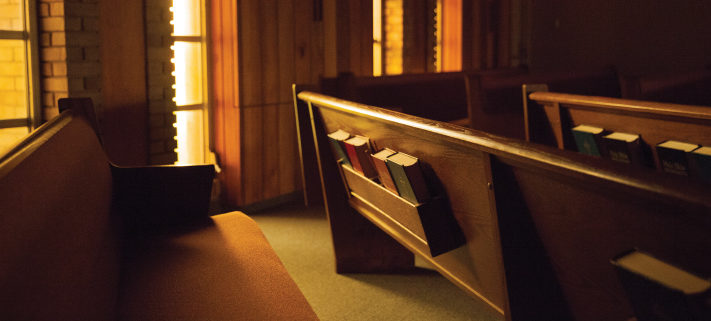
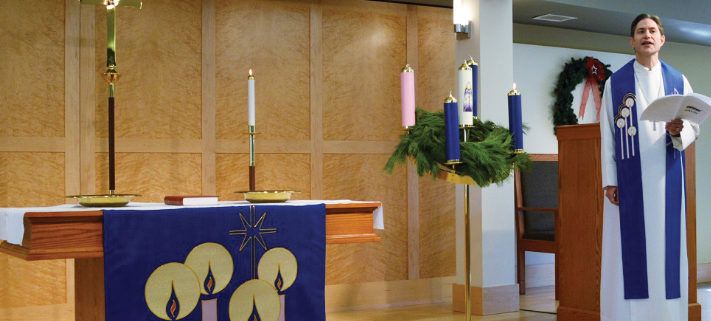
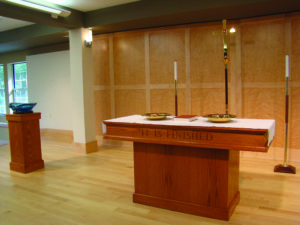
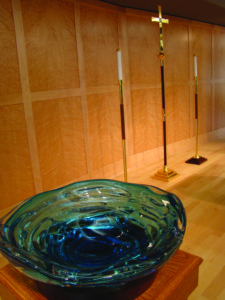
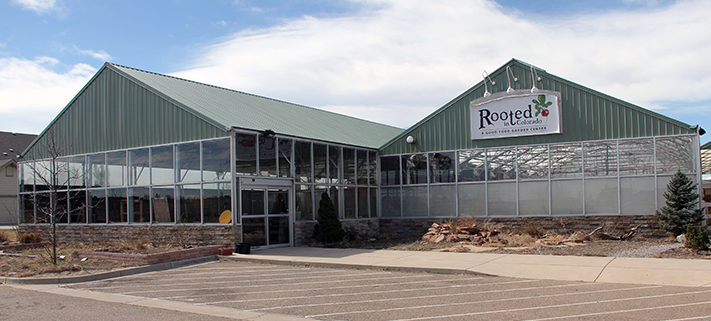

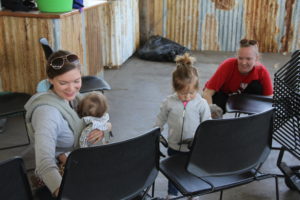

 Recently the WELS Locator application was rewritten and enveloped into the existing
Recently the WELS Locator application was rewritten and enveloped into the existing 
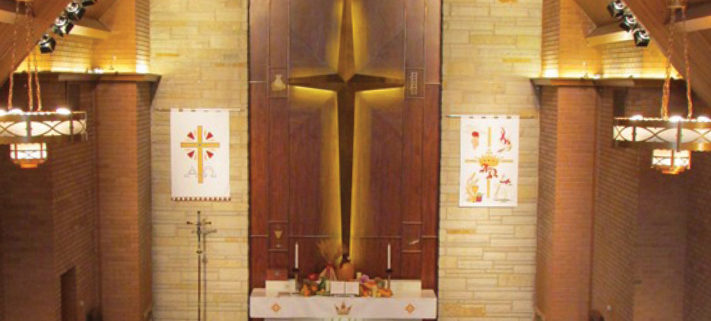
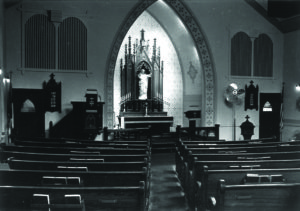
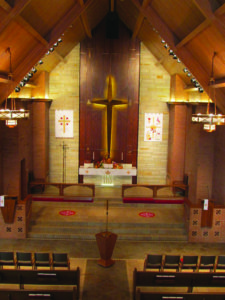
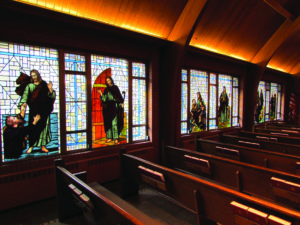
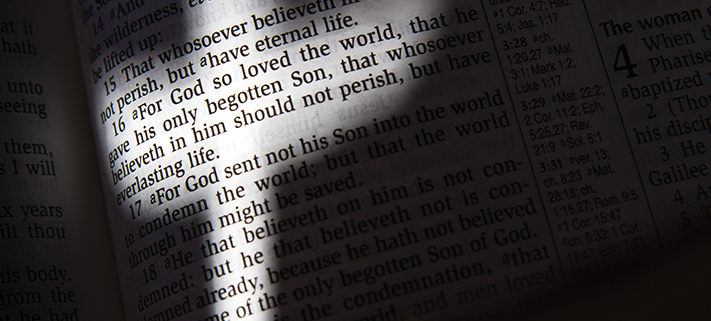
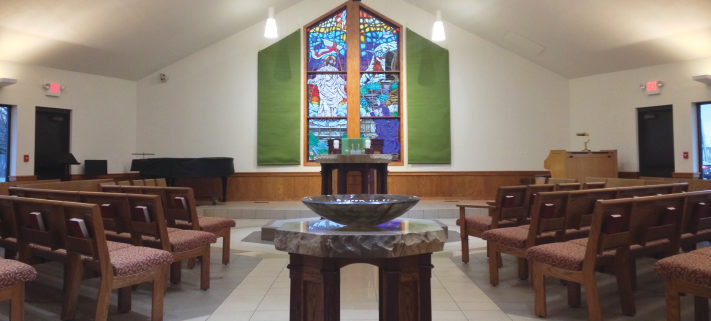
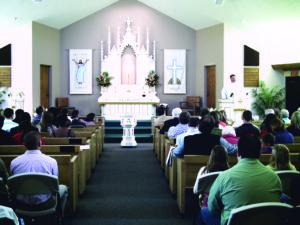
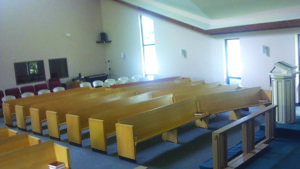
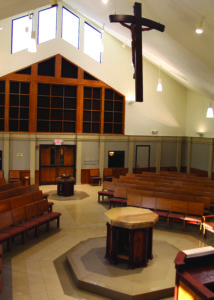


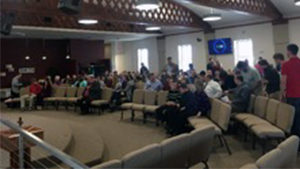
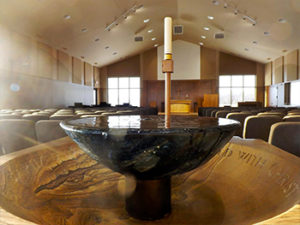
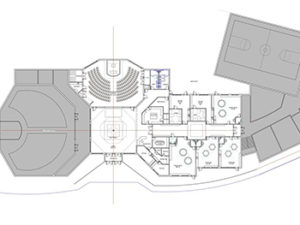

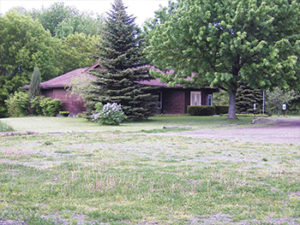
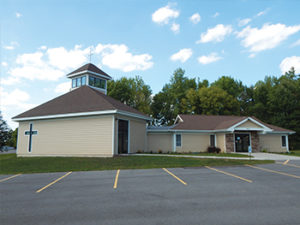
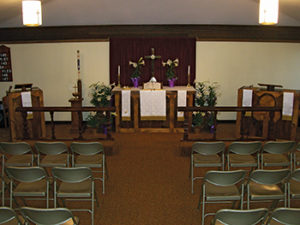
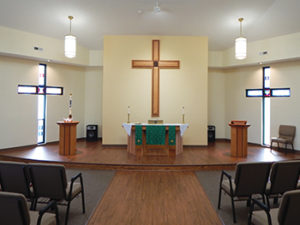
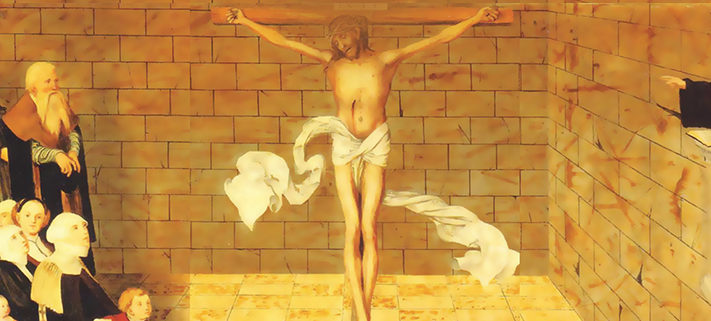
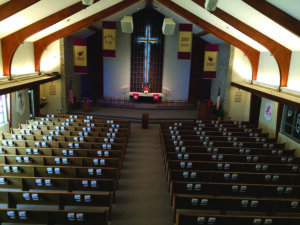
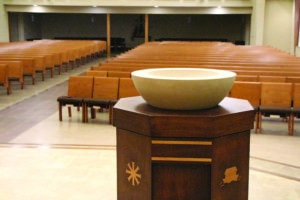
 What I do find interesting however is the name given to followers of Jesus first here in Antioch. “Christians.” Followers of Jesus (that’s us) were given the name of our Savior.
What I do find interesting however is the name given to followers of Jesus first here in Antioch. “Christians.” Followers of Jesus (that’s us) were given the name of our Savior.







